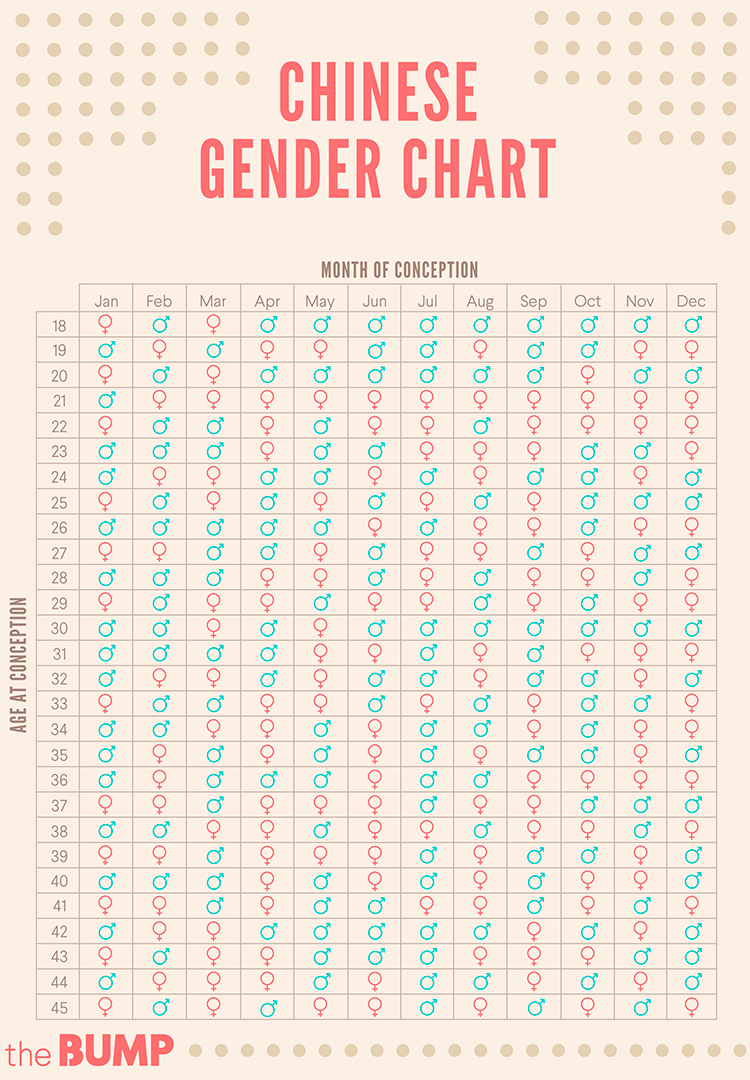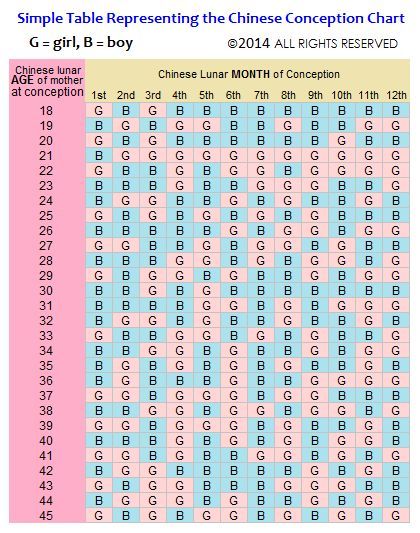Mayan Pregnancy Calendar 2019
- Mayan Baby Calendar 2019
- Mayan Pregnancy Calendar 2019 Printable
- Mayan Pregnancy Calendar 2019 Calendar
- Mayan Pregnancy Calendar 2019 2021
- Mayan Pregnancy Calendar 2020
The ancient Maya were accomplished observers of the sky. This image shows Maya animal constellations found in the Paris Codex. Using their knowledge of astronomy and mathematics, the ancient Maya developed one of the most accurate calendar systems in human history. The ancient Maya had a fascination with cycles of time. The most commonly known Maya cyclical calendars are the Haab, the Tzolk’in, and the Calendar Round. Aside from these, the Maya also developed the Long Count calendar to chronologically date mythical and historical events. The 13 baktun cycle of the Maya Long Count calendar measures 1,872,000 days or 5,125.366 tropical years. This is one of the longest cycles found in the Maya calendar system. This cycle ends on the winter solstice, December 21, 2012.
The Haab cycle is 365 days, and approximates the solar year. The Haab is a nineteen month calendar. The Haab is composed of 18 months made of 20 days, and one month, made of 5 days. This 5-day month is called 'Wayeb.' Thus, 18 x 20 + 5 = 365 days. This image shows the hieroglyphs corresponding to the nineteen months of the Haab calendar. The Maya represented some of these months using more than one glyph. These glyphs are referred to as 'variants.' Variants of the same glyph are framed in a turquoise background.
The Maya Zodiac Sign Calculator can work out to which Mayan Zodiac Sign you belong straight away! Find out your Mayan Zodiac Symbol and what it means about you now. The Mayan Calendar is a particularly complex ancient calendar, often confused with the Aztec Calendar, made up of two separate forms of timekeeping: the Tzolk´in and the Haab. In 2012, there was a brief frenzy after it was claimed that December 21 would mark the end of the world because it was the end-date of a 5,126-year cycle on the Mayan calendar.

The Maya farmers of the Yucatan conduct offerings and ceremonies on the same months every year, following a 365-day Haab cycle. These ceremonies are called Sac Ha’, Cha’a Chac and Wajikol. The Maya in the highlands of Guatemala perform special ceremonies and rituals during the Haab month of Wayeb, the short month of five days.
The Maya sacred calendar is called Tzolk’in in Yucatec Mayan and Chol Q’ij in K’iche’ Mayan. This calendar is not divided into months. Instead, it is made from a succession of 20 day glyphs in combination with the numbers 1 to 13, and produces 260 unique days. Multiplying 20 x 13 equals 260 days. This image illustrates how the numbers 1 to 13, cycle through the 20 glyphs to form dates in the Tzolk’in calendar. Any such combination, such as 1 Imix’, repeats only after 260 days have passed. The length of the Tzolk’in matches nine cycles of the Moon and the gestational period of humans. The Tzolk’in is also related to the movements of the zenith Sun and the growing cycle of corn.
Every 260 days, the Ajq’ijab’ in the highlands areas of Guatemala, celebrate a new year ceremony called Wajxaqib’ B’atz’, and welcome another cycle in the sacred Chol Q’ij or Tzolk’in Maya calendar. During this ceremony, new calendar Day Keepers are initiated. This image shows Roberto Poz Pérez, K’iche’, a calendar Day Keeper in a village near Quetzaltenango, Guatemala. He has been a calendar Day Keeper for more than 30 years.
Printed Tzolk’in calendars are popular in the Yucatán. The Chol Q’ij printed calendar is used daily by many people in the highlands of Guatemala.

The Calendar Round is made from the interweaving of the Tzolk’in and Haab calendars. In the Calendar Round, any given combination of a Tzolk’in day with a Haab day will not repeat itself, until 52 periods of 365 days have passed. The Maya believe that when a person reaches 52 years of age, they attain the special wisdom of an elder. The image shows a contemporary representation of the Calendar Round, interlocking the Tzolk’in (left) with the Haab (right).
Any historical or mythical event spanning more than 52 years required the ancient Maya to use an additional calendar, the Long Count. The Long Count calendar is a system that counts 5 cycles of time. This is very similar to the Gregorian calendar system that counts days, months, years, centuries and millennia. The Maya system also does this, but the difference is in the name and magnitude of the various cycles. Like Maya mathematics, the Long Count calendar system counts by 20s. The exception is in the third cycle, because 18 x 20, which equals 360, more closely approximates a Haab cycle or solar cycle of 365 days, rather than multiplying 20 x 20, which equals 400.
Mayan Baby Calendar 2019
In addition to the five cycles, a complete Long Count calendar date includes Haab and Tzolk’in dates. For example, January 1, 2000 is written 12 baktun 19 katun 6 tun 15 uinal 2 kin 11 Ik’ 10 K’ank’in using the Maya system, or 12.19.6.15.2 11 Ik’ 10 K’ank’in. The Gregorian calendar counts days chronologically, beginning with the birth of Christ. The Maya Long Count calendar also counts days in chronological order, beginning with the mythical creation date of 13.0.0.0.0 4 Ajaw 8 Kumk’u. This date corresponds to August 11, 3114 BCE. This image shows the creation date drawn in hieroglyphs as it appears on Stela C in Quiriguá, Guatemala. On this date, the Sun was at its zenith at midday; and the Maya constellation of the Turtle (Orion) was in the nadir position, which is considered the Underworld.
The current Long Count calendar cycle will again reach 13.0.0.0.0, during the winter solstice, on 21 December, 2012 when the Calendar Round date will be 4 Ajaw 3 K’ank’in. The image shows three consecutive Long Count dates bracketing the winter solstice (from left to right) 20 December, 21 December, and 23 December, 2012.
Mayan Pregnancy Calendar 2019 Printable
Mayan Pregnancy Calendar 2019 Calendar
 A more detailed explanation of the Maya Calendar System can be found here.
A more detailed explanation of the Maya Calendar System can be found here.
Mayan Pregnancy Calendar 2019 2021
Images used in this page and the videos can be downloaded in the Resources Section of the site.Mayan Pregnancy Calendar 2020

